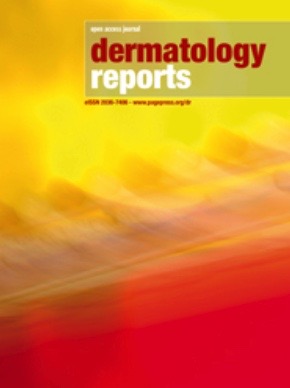Hair greying associated with rosemary use: a cross-sectional study in Saudi Arabia
All claims expressed in this article are solely those of the authors and do not necessarily represent those of their affiliated organizations, or those of the publisher, the editors and the reviewers. Any product that may be evaluated in this article or claim that may be made by its manufacturer is not guaranteed or endorsed by the publisher.
Authors
The sociological and psychological consequences of premature hair greying (PHG) are significant. PHG has been linked to various intrinsic and extrinsic factors, including genetic predispositions and environmental influences. The widespread use of hair growth-stimulating products may impact the hair greying process. This cross-sectional study aimed to determine the prevalence of hair greying among rosemary users in the Saudi Arabian population. A self-administered questionnaire was distributed among the sample population in the form of an online survey. This questionnaire included sociodemographic data (e.g., age, gender, and education), the use of several types of rosemary, and the outcomes. A total of 994 participants completed the survey, the majority of whom were female (94.4%). Participants aged between 18 and 24 years represented 64% of the sample. Hair loss was reported by 75.4% of respondents. More than half (58.7%) reported using rosemary, particularly rosemary oil, as a treatment. Among those who used rosemary, 22.8% reported experiencing hair greying. Increasing age emerged as an independent risk factor for PHG. However, multivariate regression analysis showed that the use of rosemary oil was associated with a reduced likelihood of hair greying. Approximately 25% of rosemary users developed PHG, and Individuals in the early to middle-age range with a bachelor’s degree or higher had a 1.5 to 3.5 times greater risk of hair greying. Nevertheless, the use of rosemary oil appeared to mitigate this risk. Additional observational studies are needed to validate the high regional prevalence of hair greying, potentially associated with rosemary use.
How to Cite

This work is licensed under a Creative Commons Attribution-NonCommercial 4.0 International License.








